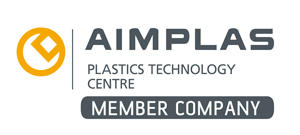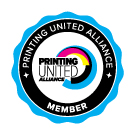How to improve mobility in a print shop
Graphic printing workshops have seen how freedom of movement has been affected by the exponential growth of new technologies. So much so that the movement of workers and materials has been hindered and the risk of accidents has increased as a consequence of having to maneuver in confined spaces.

The problem of mobility arises in the workshops, which continue to have the same working area but with new machines and materials to offer solutions to large and varied productions. In the case of materials, large rolls or of very diverse compositions are used to increase productivity and improve the profitability of long productions.
This is the case of the loading areas of a large format printer, one of the most difficult to access and high-risk spaces for the operator.
Risks in a Print Shop
Every graphic arts workshop has different degrees of accident risk. Each working zone has its own warnings for workers. The finishing department does not escape high risks, as this is where equipment such as cutters, trimmers, gluing machines, laminators and welders can be found, among others.
In a large-format print shop, the materials used are large, such as rolls or rigid plates that can weigh more than 100 kg, rendering it impossible to be moved by a single worker or even several operators. The worker can suffer from physical exhaustion or have serious injuries when dealing with this heavy weight every day.
On the other hand, an inappropriate handling of the material can generate accidents that affect the workshop equipment and the material itself. For example, if a heavy roll is being moved by several operators and one of them stumbles, not only does the risk of people suffering a serious accident increase, but also the material can be damaged or fall on top of a computer, printer or laminator.
For these types of problems and risks, it is essential to have specific mobility tools that minimize the risk for workers and materials in the print shop, especially those of large format.
Solutions for mobility in print shops
There are different media storage systems in the market that have convenient wheels to move materials through several spaces of the workshop. However, when the materials are intended to be used in large printers it is necessary to have lifters that facilitate work in the print shop.
Lifters such as the Quick Lifter or the Compact Lifter allow rolls to be easily loaded from the floor or at different levels. If the roll is on the floor, just put the loading tray on the floor and push the roll to the lifter.
One of the advantages shared by both lifters is the ability to be moved around small spaces or even pass through a door. In addition, each one has its own protection system to be able to transport media safely.
Specific characteristics of the Quick Lifter
The Quick Lifter is a type of lifter that runs on an electric battery and is capable of supporting up to 150 kg. It has great autonomy and its battery life has capacity for more than 100 charging cycles.
It lifts up to 1.2m, so it is highly versatile and is recommended for rolls up to 3.2m long.
With this lifter, a single person can load and move heavy rolls without any effort, which improves the quality of work and reduces accidents.
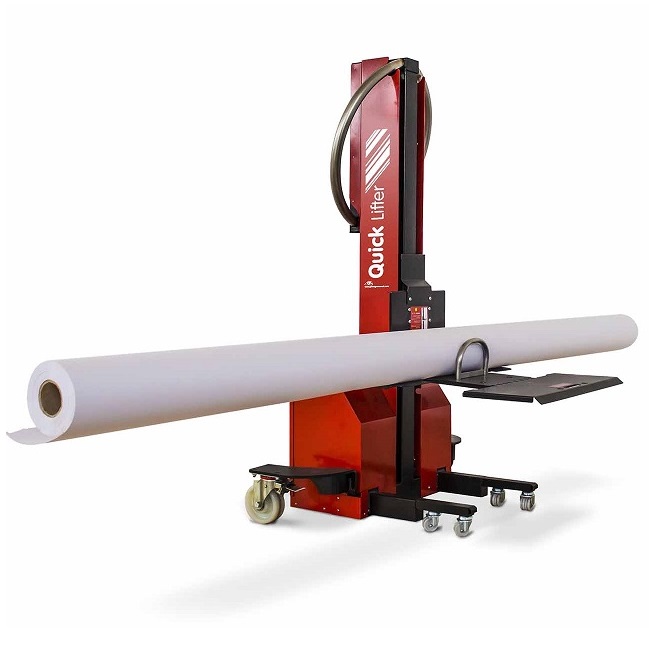
Specific characteristics of the Compact Lifter
Unlike the previous lifter, the Compact Lifter has been developed for print shops that have to handle heavy rolls but less frequently. They also differ in their source of energy, as this model works with a hydraulic pump; that is, it must be pumped by a pedal to lift the loaded material, and it is operated by a rotary lever to lower the rolls.
It can support up to 200 kg and 500 cm long rolls. It has locking wheels to increase stability during the process of loading the rolls and, like the previously seen Quick Lifter, it can be loaded and operated by only one person.
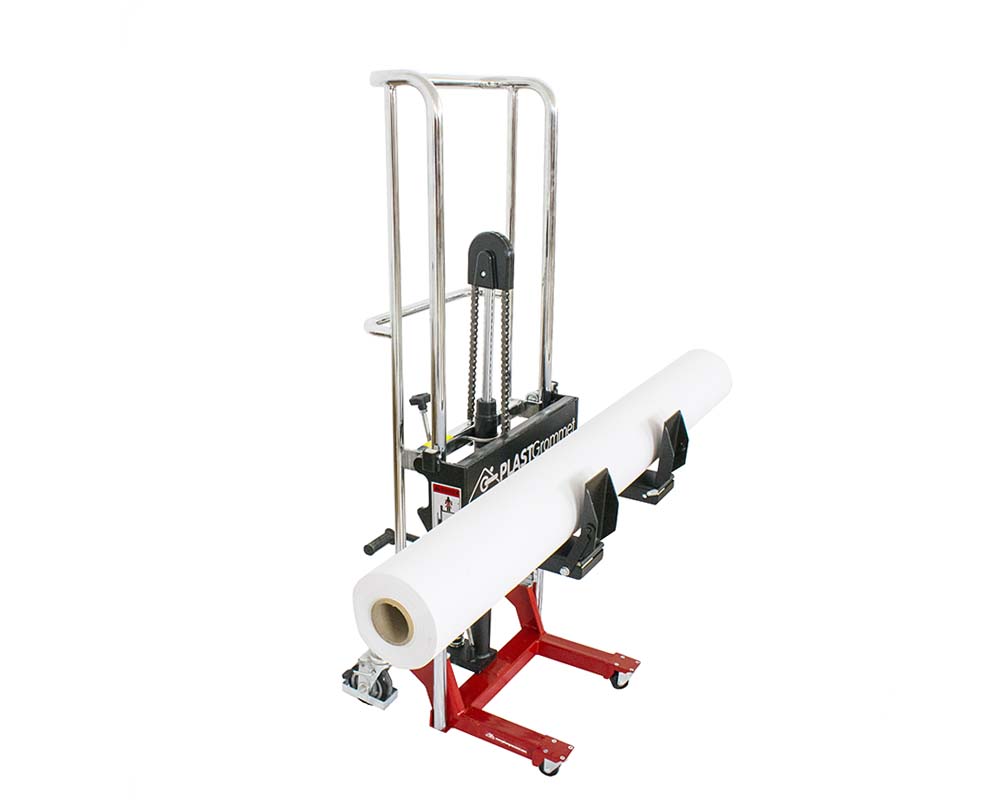
What kind of company needs a lifter?
Not all print shops should invest in a lifter, only those working with large-format materials and big printers and equipment. In these cases, it is necessary to optimize the transport of the material with the elevators.
On the other hand, a workshop working with medium or small equipment should opt for media storage racks only if these materials can be handled more easily by hand.
The lifters can be used by any company working with rolls or similar items that meet the operating requirements of both lifters. For example, in the textile or plastic industry, the need to improve mobility with equipment with these characteristics is very common.

If you need more information about our products for vinyl signage, do not hesitate to contact us.
Latest news

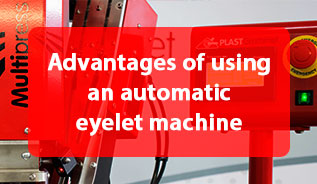





 Carretera Font Roja 23 03801 Alcoy (Alicante) SPAIN
Carretera Font Roja 23 03801 Alcoy (Alicante) SPAIN Youtube channel
Youtube channel LinkedIn
LinkedIn